TAG Heuer's 28-year-old CEO Frédéric Arnault wants luxury goods to be more accessible to more people, similar to the way his father, the world's richest man, Bernard Arnault, has done.
The LVMH luxury empire thrives on brands with annual revenues exceeding $1 billion. Frédéric Arnault, CEO of watchmaker TAG Heuer and the third son of LVMH boss Bernard Arnault, said the Swiss watch brand is set to join the group.
"We will soon join the billion-dollar brand club," Frédéric Arnault said in an interview with WSJ.
Building a luxury brand into a billion-dollar behemoth has long been the strategy of Bernard, the richest man on the planet. This is how he turned LVMH into the most valuable company in Europe, with a market capitalization of $500 billion. To succeed, this strategy requires expanding the customer base, including the middle class, without reducing the exclusivity of the brand.
Frédéric Arnault has adopted this strategy from his father. His job is to strike a delicate balance between offering limited editions like the $500,000 Carrera Plasma, but also selling watches for entry-level buyers, like the Formula One, which starts at $1,450. The lower-priced products attract ambitious young people who are more likely to move up the price scale as they age and earn more.
“For many people, we are the first luxury watch they ever wore,” says Arnault.
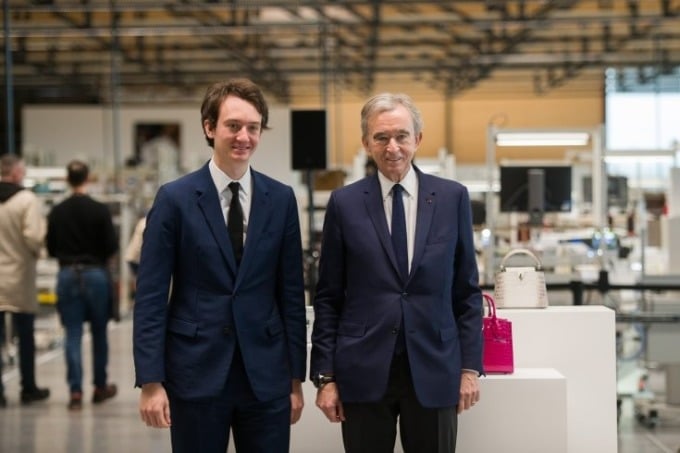
Father and son Frédéric and Bernard Arnault in a Louis Vuitton workshop in February. Photo: Bloomberg
To cement relationships with shoppers, LVMH brands often keep tight control of their stores, which is a unique feature in the industry, as luxury brands can rely on department stores and other retailers to reach new customers.
This gives retailers greater power and a better grasp of customer preferences. But luxury goods manufacturers will have less power when it comes to determining the customer experience, such as pricing or how products are displayed.
As for LVMH, it has full control of the stores. This allows LVMH to tell its story “in the most vivid way, with architecture and product displays that match the space and the service,” Arnault said.
He was appointed CEO of TAG Heuer by his father in 2020. Since then, Arnault has drastically reduced the brand’s points of sale, including third-party stores, from 4,000 before the pandemic to 2,500 now. He has focused on opening his own stores around the world and is preparing to launch a flagship store in New York this July.
“I travel a lot. I oversee all the stores I build around the world. I also meet all the landlords,” he said.
China is a key market for them, although it contributes less than 10% of sales, far behind competitors. Arnault wants to open at least 5 more stores in China every year.
Opening new stores is expensive and requires large land costs. However, TAG Heuer has an advantage over other luxury brands because it belongs to the world's largest luxury goods group.
The presence of a Louis Vuitton or Dior store in a new shopping center can make or break a new shopping center. Knowing this, LVMH often lets the biggest brands compete to secure favorable space for smaller brands.
"We take advantage of the group to have prime locations in major shopping centers around the world. We have done this in many places, from the US, Europe, the Middle East to Asia," Arnault said.
They also apply this approach to advertising. LVMH buys advertising space for all its sub-brands. This allows them to negotiate discounts with the world's leading magazines.
Nicholas Biebuyck, a director of TAG Heuer, said that bringing a member of the Arnault family into TAG Heuer is a double-edged sword. "It opens some doors, it gives us more resources. But it also overshadows our performance," Biebuyck said.
Frédéric is one of Bernard's five children who are likely to inherit the LVMH empire. At the age of 12, he received his first TAG Heuer - a gift from his father. Frédéric played tennis and piano, attended the prestigious Polytechnic School of Paris like his father. He later co-founded a digital payments startup, then joined TAG Heuer in 2017 as chief technology officer. Three years later, Frédéric became CEO at the age of 25.
"For me, age has no meaning," said Stéphane Bianchi, CEO of LVMM's jewelry and watches division. "I have seen him step by step become a talented leader."
Since taking over as CEO, Arnault has upgraded the brand’s profile by adding more expensive models. He has also bet on smartwatches, which now account for 15% of sales. LVMH does not break out the performance of individual brands, but Morgan Stanley estimates that TAG Heuer’s revenue rose 7% last year to 729 million Swiss francs ($811 million).
Now, Arnault wants to capitalize on TAG Heuer's racing history for advertising. The watch brand was founded by Edouard Heuer in 1860 in Saint-Imier, Switzerland. The company created its first stopwatch with an accuracy of up to 1/100th of a second in 1916. During the 60s and 70s, this product was commonly used in Formula 1 (F1) racing. After that, they were considered sports watches.
In 1985, the TAG Group – owned by a key shareholder of the McLaren F1 racing team – bought Heuer and renamed it TAG Heuer. In 1999, LVMH bought TAG Heuer, as Bernard Arnault sought to expand his empire into jewelry and watches.
TAG Heuer has recently shifted its marketing focus from football to Formula 1. The brand now sponsors the Red Bull racing team and plans to launch three new models during the Monaco Grand Prix this month.
"We will invest heavily," Frédéric affirmed.
Ha Thu (according to WSJ)
Source link





![[Photo] Prime Minister Pham Minh Chinh chairs meeting to deploy overcoming consequences of storm No. 10](https://vphoto.vietnam.vn/thumb/1200x675/vietnam/resource/IMAGE/2025/10/3/544f420dcc844463898fcbef46247d16)
![[Photo] Students of Binh Minh Primary School enjoy the full moon festival, receiving the joys of childhood](https://vphoto.vietnam.vn/thumb/1200x675/vietnam/resource/IMAGE/2025/10/3/8cf8abef22fe4471be400a818912cb85)

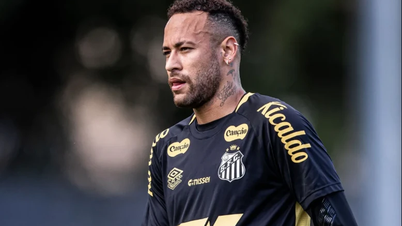



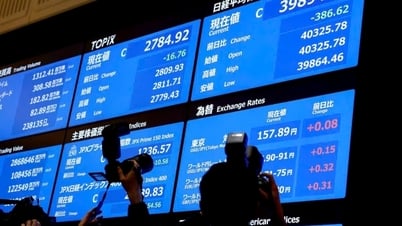

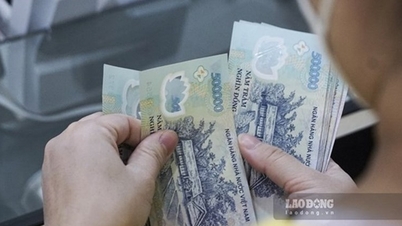





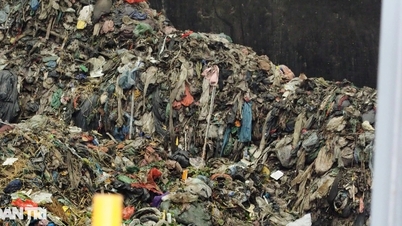



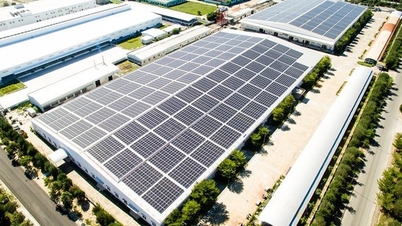

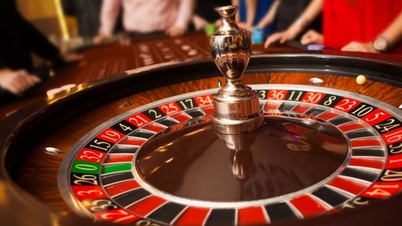












































































Comment (0)